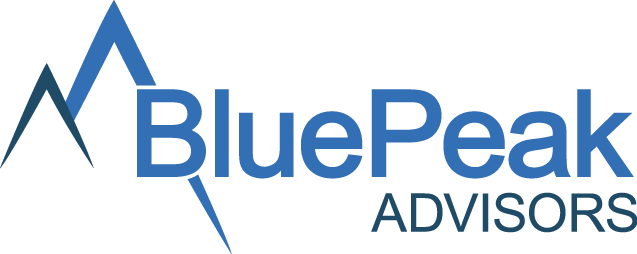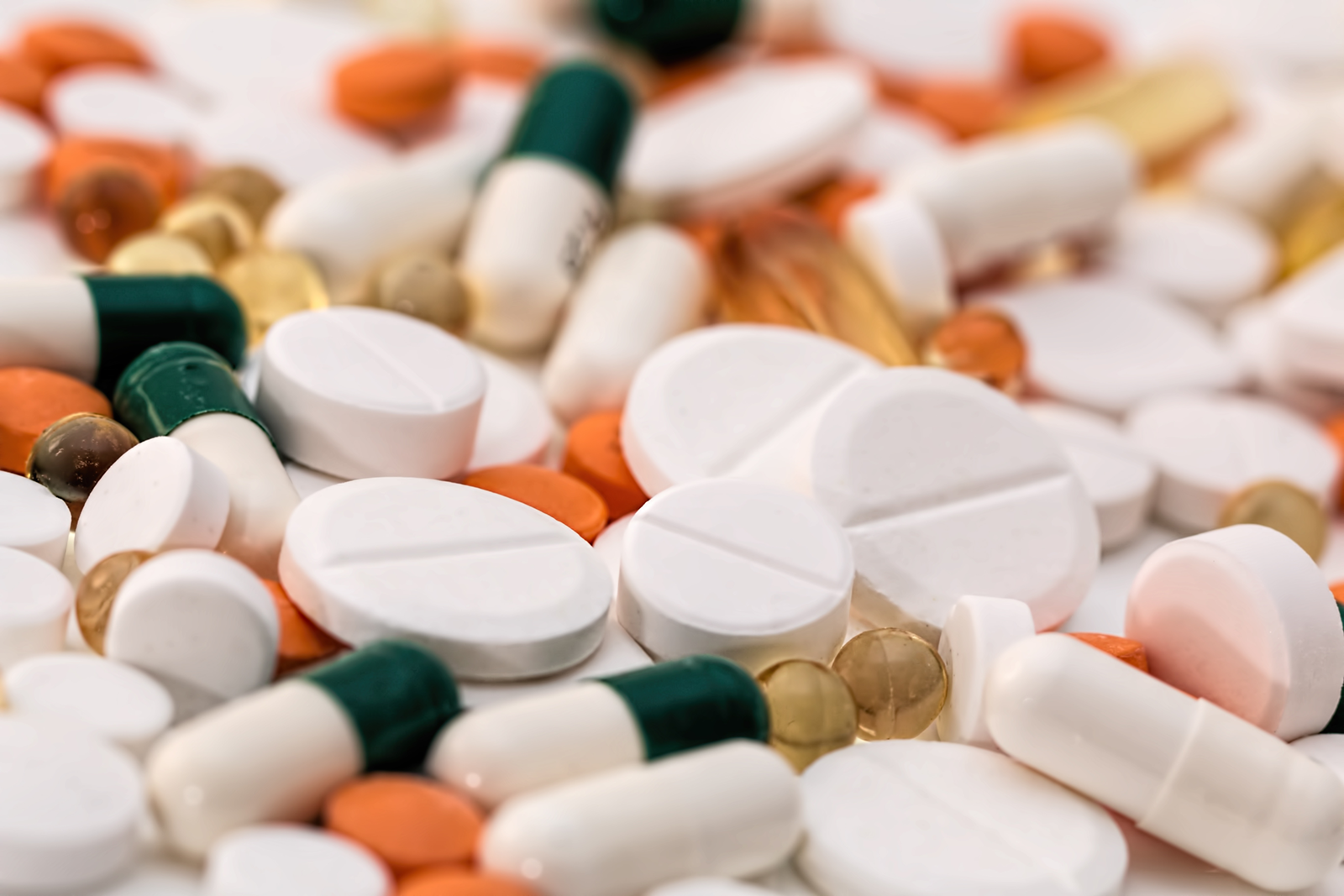Throughout 2017, CMS continued its vigilance over drug claim payments by conducting Prescription Drug Event (PDE) Self-Audits. The drugs under audit in 2018 may change, but CMS has not yet indicated any changes in the audit process. This is part of CMS’s oversight strategy to identify Part D program vulnerabilities, assure strict adherence to Part D regulatory and program requirements, and detect and prevent fraud, waste, and abuse. Included in these oversight processes are targeted program compliance audits to ensure program compliance.
In 2017, many plans received notifications of PDE self-audits in which CMS believed there were inappropriate payment of certain medications under the Medicare Part D benefit. There were several therapeutic categories targeted for audit in 2017.
TARGETED CATEGORIES
- Transmucosal Immediate Release Fentanyl (TIRF)
- Nebulizer medications
- Immunosuppressive medications
- Non-Compendia / Non-Part D Covered indications
- Benign Prostatic Hyperplasia / Pulmonary Hypertension
How this Impacts your Organization
Many of the 2017 audits spanned data all the way back to 2014. Due to the length of audit timeframe involved with these audits, the indirect costs and resources involved can be intense. In many instances, it takes several staff members researching for several weeks to months to isolate the required documentation for the previous 3+ years of claims. Documentation that are typically requested includes (but is not limited to):
- Systems and records related to formulary administration, pharmacy claims and adjudication, including delegated entities that perform these functions
- Payment determinations
- Medical claim data
- Systems and records related to operations
- Key personnel responsible for each area who can explain internal policy and procedures and how the systems operate, with a thorough understanding of CMS regulations.
If documentation cannot be obtained to demonstrate correct payment, the cost impact to the plan can grow exponentially, both directly and indirectly. The following activities would be required for the Sponsor and any delegated entities to remediate potential PDE record inaccuracies, requiring a substantial amount of time and resources dedicated to this complex process:
- Deletion of PDE records within CMS defined timeframes
- Restacking impacted beneficiary claim activity to remove non-Part D covered products
- Submission of adjusted PDE records from the restacking activity
- Financial assessment of prior and new PDE reconciliation amount to determine overpayment
- Possible reopening of PDE reconciliation process for impacted plan years
- Possible return of pharmaceutical gap discount amounts
- Submission of reduced DIR report with the removal of non-Part D covered products
In terms of direct costs, one of the medications identified in the TIRF audits is Subsys. The average cost of Subsys approaches $100 daily, yielding an annual cost per beneficiary in excess of $35,000 – $40,000, depending on the specific strength. Recently a large plan was given notice by CMS to review their TIRF claims back to 2014. After several weeks of intense review, more than $1 million dollars in claims were required to be reversed due to lack of or inconsistent documentation.
In addition to the process-specific impact denoted above, there are additional financial components to consider, as well. There is likely to be an impact of CMS payments, including the following:
- Reduction of Low-Income Cost-Sharing subsidies (LICS)
- Reduction of Reinsurance
- Reduction to Adjusted Allowable Risk Corridor Costs impacting Risk-Sharing
What You Can Do Now
- Oversight of these situations and others identified via future self-audit cases are critical for preventing future payment errors.
- Plans and PBMs should increase their self-monitoring efforts to continually verify the accuracy of these situations. Increased compliance to CMS guidance, decreased resource requirements for audit support and less disruption for beneficiaries should continue to be the focus to assure program integrity.
- Implement point-of-sale edits that would require authorization before claims would be payable
- External independent audit to determine retrospective risks, as well as on-going review to monitor for future opportunities
Sources:
Combatting Fraud, Waste and Abuse in Medicare Parts C and D: Parts C and D FWA Schemes, Beth Brady, MBA, BA, Division of Plan Oversight and Accountability, Investigations and Audit Group, Center for Program Integrity, CMS Spring Conference, May 5, 2016
2017 PDE Audit Engagement Letters and Attachments

